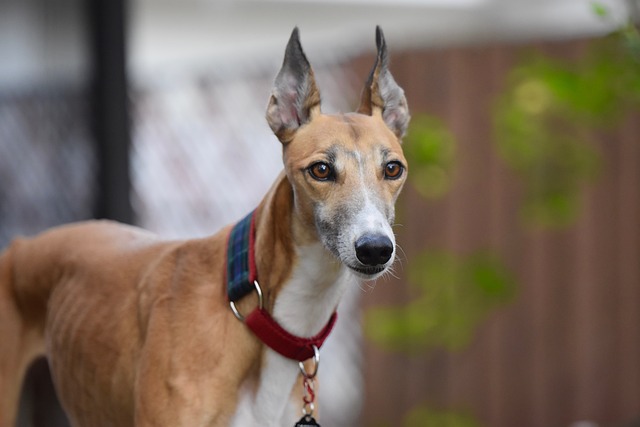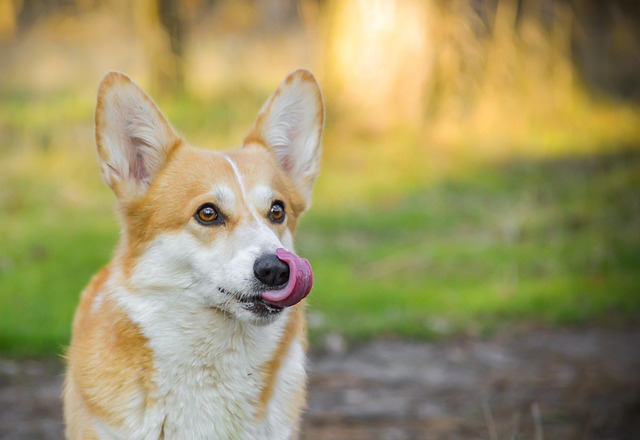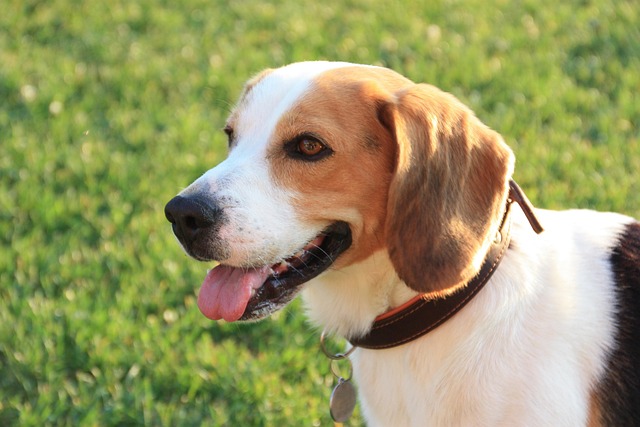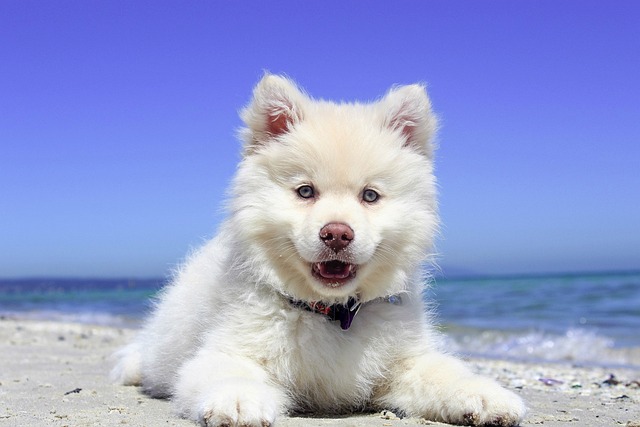Getting your dog comfortable with grooming is key to their long-term health and happiness. Many pet parents assume resistance is normal, but with patience and the right approach, even the most anxious dogs can learn to associate grooming with positive experiences.
Start by introducing grooming tools as toys. Let your dog sniff and explore brushes, combs, and nail clippers in a relaxed environment. Toss treats near the tools so they associate them with rewards. Gradually progress to gentle touches on non-sensitive areas like the paws or tail using the brush, immediately following up with a high-value treat.
Consistency is crucial. Set aside 5 minutes each day for short grooming sessions rather than infrequent, extended ones. Use this time to build trust—talk softly, stroke your dog’s fur, and offer praise. Over time, you can increase the duration as they become more at ease.
Understanding your dog’s body language is essential. If they pull away, whine, or tense up, stop immediately. This signals discomfort, and pushing through could damage trust. Try again later, breaking the process into smaller steps. Remember, every dog learns at their own pace.
 For nail trimming, a common source of anxiety, start by gently handling your dog’s paws daily. Lift each paw briefly, give a treat, and release. Once they’re comfortable, introduce the clippers without actually trimming. When you’re ready to clip, do one nail at a time and reward generously.
For nail trimming, a common source of anxiety, start by gently handling your dog’s paws daily. Lift each paw briefly, give a treat, and release. Once they’re comfortable, introduce the clippers without actually trimming. When you’re ready to clip, do one nail at a time and reward generously.
Always ensure grooming practices comply with local regulations. Some areas have specific requirements regarding animal welfare during grooming, including proper restraint and handling techniques. Familiarize yourself with these guidelines to avoid potential legal issues.
Incorporate grooming into your dog’s routine in enjoyable ways. For example, combine brushing with playtime. Use the brush to give them a “massage” after a game of fetch. This positive association helps transform grooming from a chore into something they look forward to.
If your dog remains highly resistant despite your efforts, consider consulting a professional groomer or animal behaviorist. They have specialized techniques and tools to make the process less stressful. Many groomers also offer “introductory” sessions designed to acclimate dogs gradually.
Remember, grooming isn’t just about appearance—it’s vital for maintaining your dog’s coat health, preventing matting, and detecting early signs of skin issues. By investing time in positive training, you’re not only ensuring their physical well-being but also strengthening your bond.
With patience and consistency, you can turn grooming into a bonding experience. Celebrate every small victory—whether it’s your dog letting you brush for an extra minute or sitting calmly during nail trimming. These positive interactions will make future grooming sessions a breeze for both of you.

 For nail trimming, a common source of anxiety, start by gently handling your dog’s paws daily. Lift each paw briefly, give a treat, and release. Once they’re comfortable, introduce the clippers without actually trimming. When you’re ready to clip, do one nail at a time and reward generously.
For nail trimming, a common source of anxiety, start by gently handling your dog’s paws daily. Lift each paw briefly, give a treat, and release. Once they’re comfortable, introduce the clippers without actually trimming. When you’re ready to clip, do one nail at a time and reward generously.



